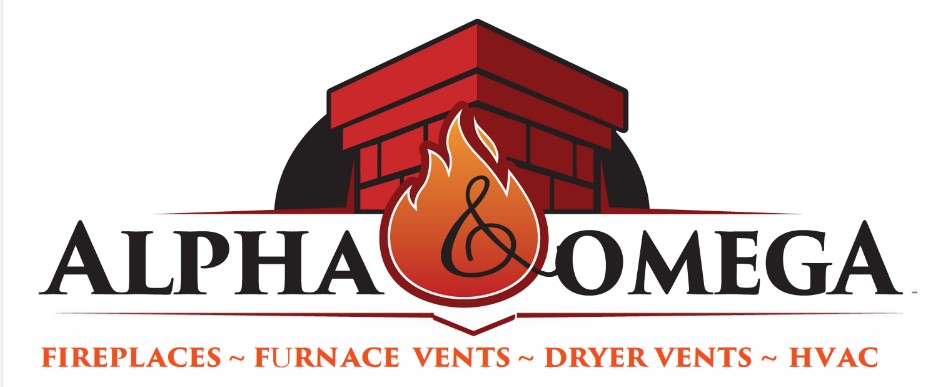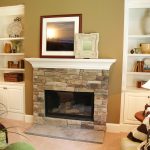
Replacing a mantle can transform the look and feel of your fireplace, becoming a focal point of your living space. Whether you’re renovating or upgrading, selecting the right size and style is crucial for achieving the desired aesthetic and functionality. Consider the Functionality and Size The first step in choosing a mantle replacement is to assess the functionality you expect from it. Mantles serve both decorative and practical purposes, providing a shelf for displaying items and framing the fireplace. Measure the dimensions of your fireplace opening and the space around it to determine the appropriate size. A mantle that’s too... View Article
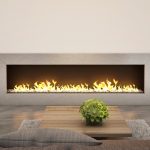
Ventless fireplaces have emerged as a popular choice for many homeowners. Unlike traditional fireplaces that require a chimney or vent to expel smoke and gases, ventless fireplaces operate without the need for such ventilation systems. They are typically powered by either natural gas or propane and provide a convenient alternative to wood-burning fireplaces. Energy Efficiency and Environmental Considerations One of the significant advantages of ventless fireplaces, as compared to their wood-burning counterparts, is their energy efficiency. This efficiency stems from their ability to burn fuel cleanly and convert a higher percentage of it into usable heat. Unlike wood fires that... View Article
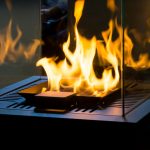
Ethanol fireplaces are rapidly gaining popularity as stylish and eco-friendly alternatives to traditional wood-burning and gas fireplaces. With their clean, efficient burn and sleek design, ethanol fireplaces offer a versatile heating solution that adds warmth and ambiance to any interior space. In this article, we’ll delve into the world of ethanol fireplaces, exploring their unique features, benefits, and design considerations. Understanding Ethanol Fireplaces Introduction to Ethanol Fireplaces Ethanol fireplaces, also known as bio-ethanol fireplaces, are innovative heating appliances that utilize clean-burning ethanol fuel to produce flames and heat. Unlike wood-burning fireplaces, which require chimney ventilation and produce smoke and ash,... View Article
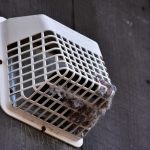
Dryer vent fires pose a significant risk to homeowners in Michigan and across the country. These fires can cause extensive property damage, injuries, and even fatalities. In this guide, we’ll discuss the importance of dryer vent maintenance and provide essential tips for preventing dryer vent fires in Michigan. Understanding the Risks of Dryer Vent Fires Causes of Dryer Vent Fires Dryer vent fires typically occur when lint and debris build up in the dryer vent system, obstructing airflow and causing the dryer to overheat. This highly flammable lint can ignite from the heat of the dryer, leading to a fire... View Article
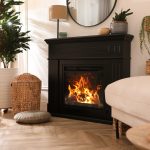
When it comes to installing an electric fireplace in your home, it may seem like a straightforward DIY project. After all, how hard can it be to plug in a fireplace and position it against the wall? However, when it comes to proper installation and safety, it is always best to call a certified chimney professional. In this blog, we will discuss why you should leave electric fireplace installation to the professionals and the importance of hiring certified chimney technicians for the job. Why Choose a Certified Chimney Professional for Electric Fireplace Installation While electric fireplaces do not produce any... View Article

